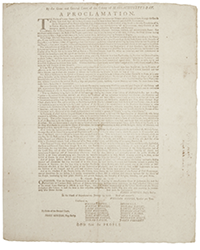Rare Book Monthly
Articles - October - 2009 Issue
The Future: Libraries Without Books?
By Michael Stillman
Has the time come for a parting of the ways? Is it time for libraries and books, embattled institutions, each struggling for relevance and survival in a technologically accelerating world, to go their own ways? Libraries and books have been entwined for centuries, a library being a repository for books where people could go to read, research, and borrow these bound volumes. However, with electronic developments of the past couple of decades, libraries have tried to reduce their dependency on books, frequently relabeling themselves with monikers such as "media center." Now we are seeing the first inklings of what could be a complete break, with libraries jettisoning the printed word in an attempt to save their own hides.
We have all heard of problems facing libraries. Budgets have been slashed, hours cut. Jackson County, Oregon, made news a couple of years ago when it shut down its entire library system (including all 15 locations). It has since reopened, but under reduced hours. Meanwhile, books too have suffered their share of problems. People have headed to the internet and databases in droves for research, and electronic reading devices, such as Amazon's Kindle, appear poised to make massive inroads into recreational reading. Newspapers, books next of kin, are suffering enormous financial difficulties, many have closed, and some predict almost all of them will be gone in a decade. Into this maelstrom comes astonishing news from Cushing Academy, an exclusive private high school in rural, central Massachusetts.
Cushing Academy is in the process of what may be the first conversion from traditional to all-digital library. Cushing is disposing of the 20,000 volumes currently housed in their library. Their plan is to be "bookless" by the end of the school year. Cushing may not possess one of the nation's leading libraries, but 20,000 books is not insignificant, nor is their target audience. Their audience is the next generation of adults. In explaining the change, Headmaster James Tracy wrote, "...we find from a check of the records that our students aren't really using the books extensively for research, anyway. They're already doing most of that online..." That "radical" observation is already well known by anyone with school-age children.
Tracy writes, "I love books, and I love the representation of culture that they embody, but, from an information perspective, this is a very, very bulky way to reposit data by today's standards." He continues, "So Cushing has decided to go from a library that right now is a warehouse of 20,000 books shelved in old technology to a library of millions of books utilizing far less space and with much richer and more powerful means of accessing that information. If I want to research all the references to Churchill just in our little 20,000 volume library, it's going to take me months and years, but I can now data mine every reference to Churchill in 7 million volumes in a matter of seconds using search engines." Like Tracy, I love books, but his point is overwhelming and inescapable. 7 million to 20,000 is not a close score.
However, Tracy does not see these changes as a death knell for libraries. To the contrary, "Rather than libraries becoming obsolete, we can transform them into vibrant centers of learning... We can use the space now freed up from books to build convivial areas where students and teachers are encouraged to interact - yes, even talk - about ideas, so it becomes a place of interaction - with a coffee shop, faculty lounge, shared teacher and student learning environments, a student area for study."
That sounds like a super Barnes and Noble, but one without books. Still, Tracy is onto something. The complete elimination of printed books seems extreme, neither necessary nor desirable to us. They are part of our history and libraries' history, and many people will continue to prefer this vehicle for certain types of reading. Nevertheless, the days when books dominated libraries are rapidly coming to an end, and libraries will be forced at a minimum to deemphasize them to survive. Tracy's library, somewhat akin to a Barnes and Noble, survives, maybe even thrives, by offering what the internet and databases cannot - social interaction, human help, and a cup of coffee.
Unfortunately, Tracy offers little solace to the other struggling institution mentioned at the beginning of this article - books. While describing himself as an "avid bibliophile" with "floor to ceiling bookshelves" in his home, he clearly sees books as others see antiques. "There are some who lament the decline of the book. I am among them. I shall always treasure my books, but I shall do so for antiquarian reasons alone." Indeed, one can imagine Tracy still buying old books, not to learn from them but to experience a connection with his past. But what of the children in Tracy's school, who will now grow up without physical books becoming a part of their past? Will they appreciate books for "antiquarian reasons" or not appreciate them at all? The answer to this question will likely determine the future of the antiquarian and collectible book field in the decades to come.



![<b>Heritage, Dec. 15:</b> John Donne. <i>Poems, By J. D. With Elegies on the Author's Death.</i> London: M[iles]. F[lesher]. for John Marriot, 1633. <b>Heritage, Dec. 15:</b> John Donne. <i>Poems, By J. D. With Elegies on the Author's Death.</i> London: M[iles]. F[lesher]. for John Marriot, 1633.](https://ae-files.s3.amazonaws.com/AdvertisementPhotos/8caddaea-4c1f-47a7-9455-62f53af36e3f.jpg)
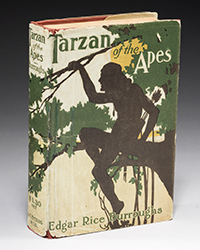
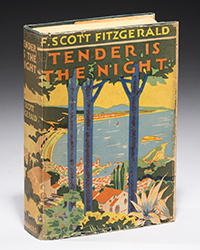
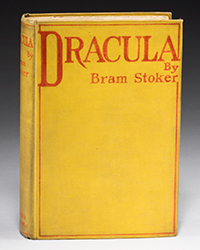
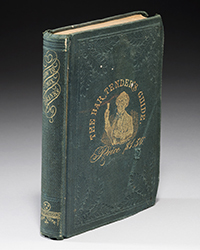

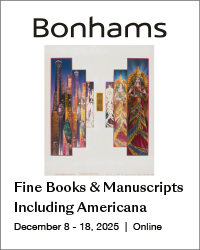

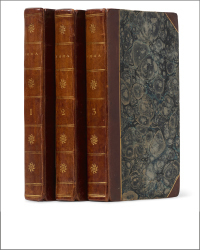
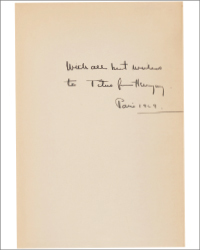
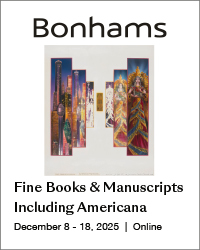
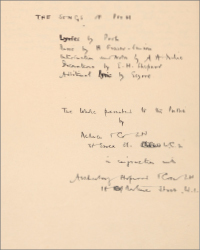

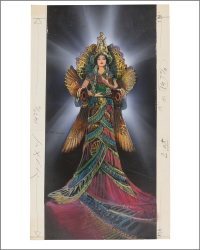
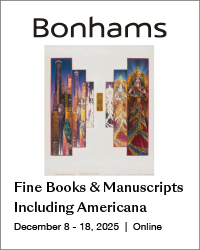
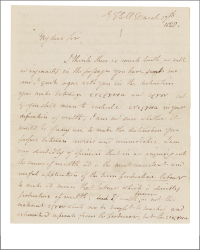
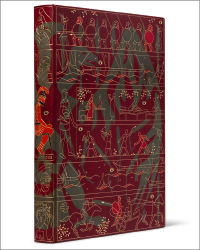
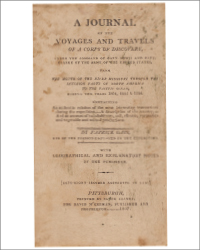

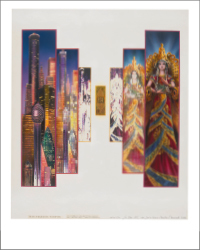
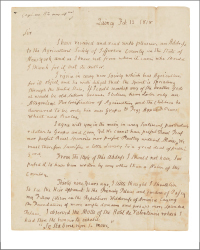

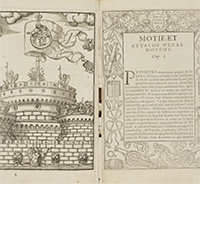
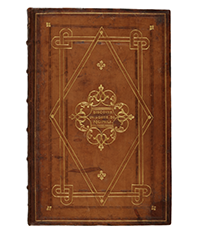
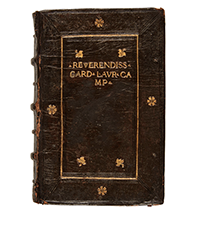
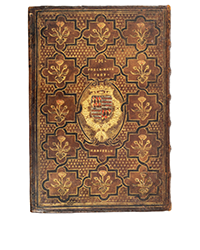

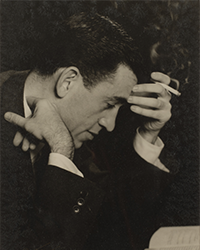
![<b>Sotheby’s, Dec. 16:</b> [Austen, Jane]. A handsome first edition of <i>Sense and Sensibility,</i> the author's first novel. $60,000 to $80,000. <b>Sotheby’s, Dec. 16:</b> [Austen, Jane]. A handsome first edition of <i>Sense and Sensibility,</i> the author's first novel. $60,000 to $80,000.](https://ae-files.s3.amazonaws.com/AdvertisementPhotos/9a74d9ff-42dd-46a1-8bb2-b636c4cec796.png)
